Deconstructed Realms
DAG World
DAG World
|
Gallery Exhibition Deconstructed RealmsIndia's Tryst with Cubism
Mumbai:
6th July 2025 – 6th September 2025
New Delhi:
8th February 2025 – 5th April 2025
|
|
|
Artists
|
“To be sure, Indian modernism and its embrace of Cubism critically tempered the pieties of tradition. Whether Cubism was cast as an artistic attitude or procedure, it emerged as a diversified, cultural expression that renovated the past to build a better future.” – Kathleen L. Wyma |
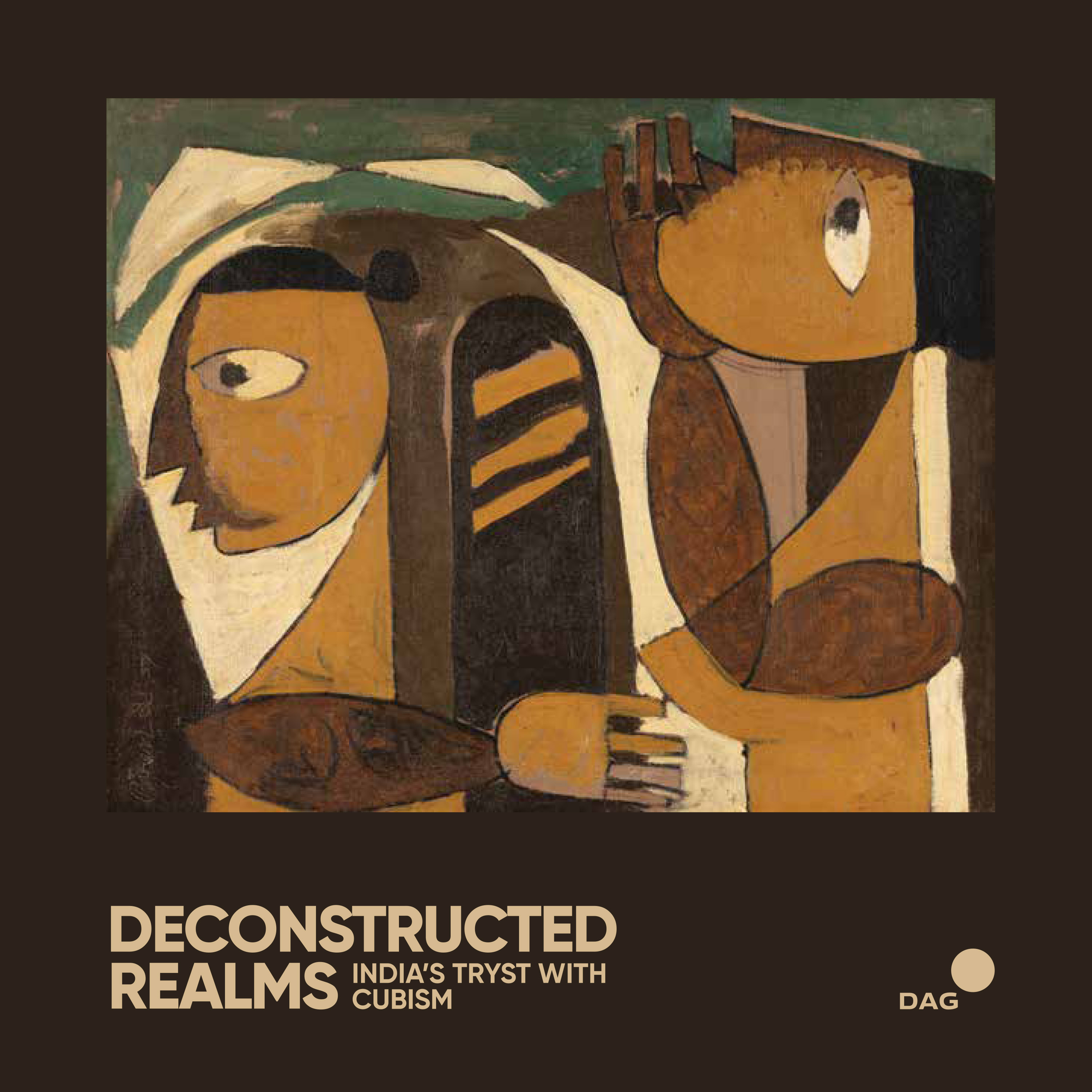
all artworks
|
The Print |
|
18 February 2025 |
|
Hindustan Times |
|
13 July 2025 |
Exhibition and Events
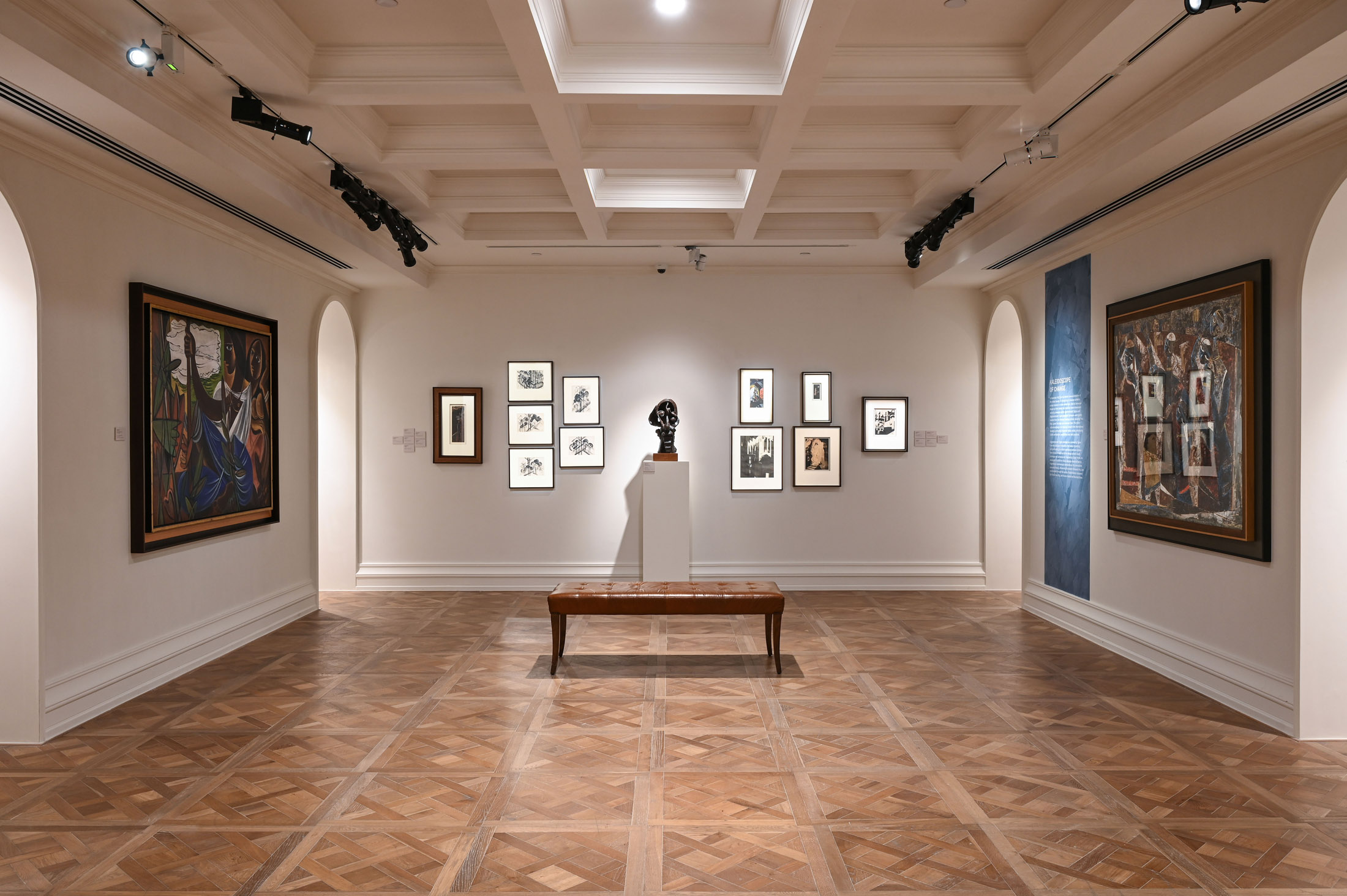
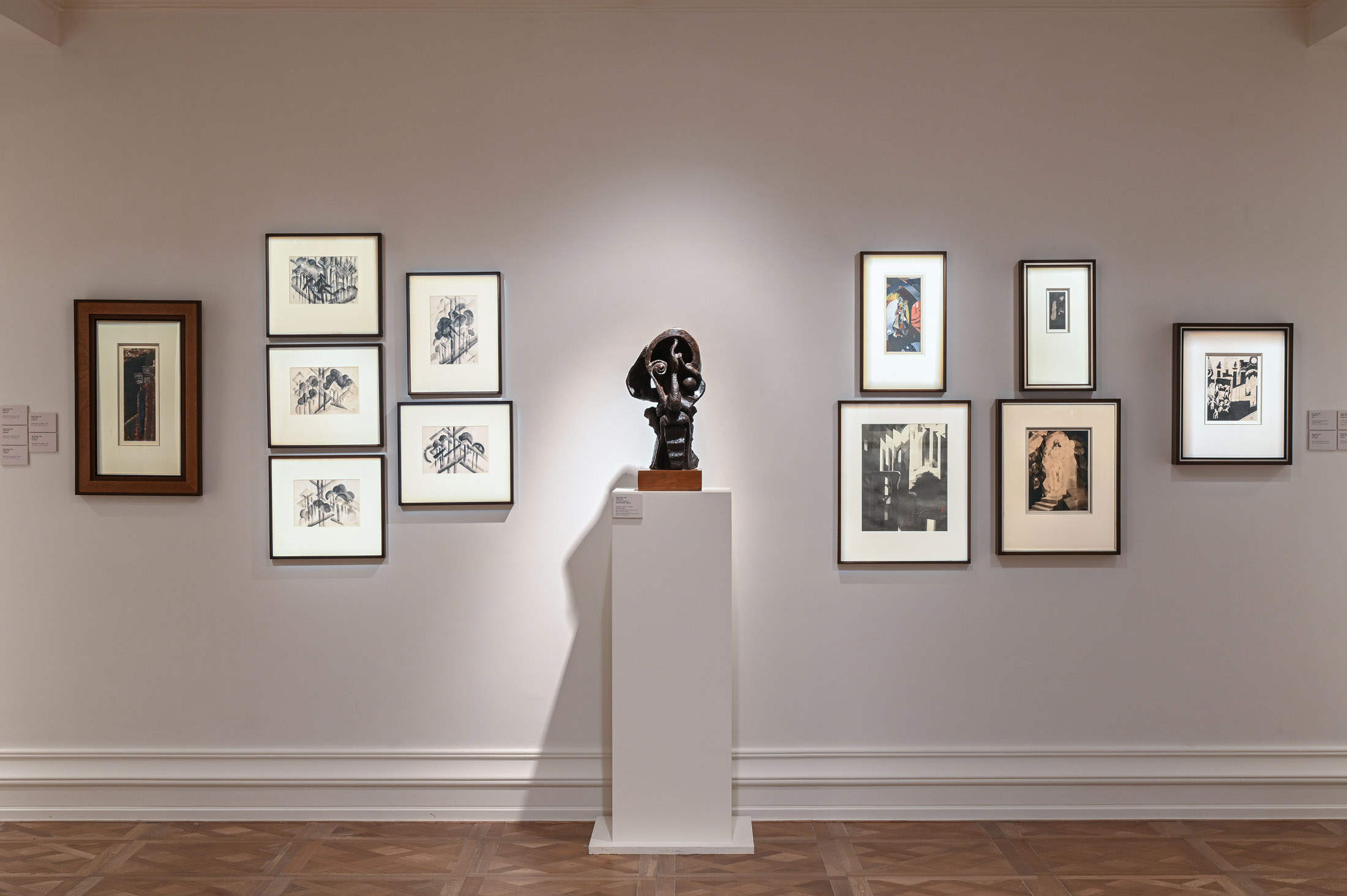
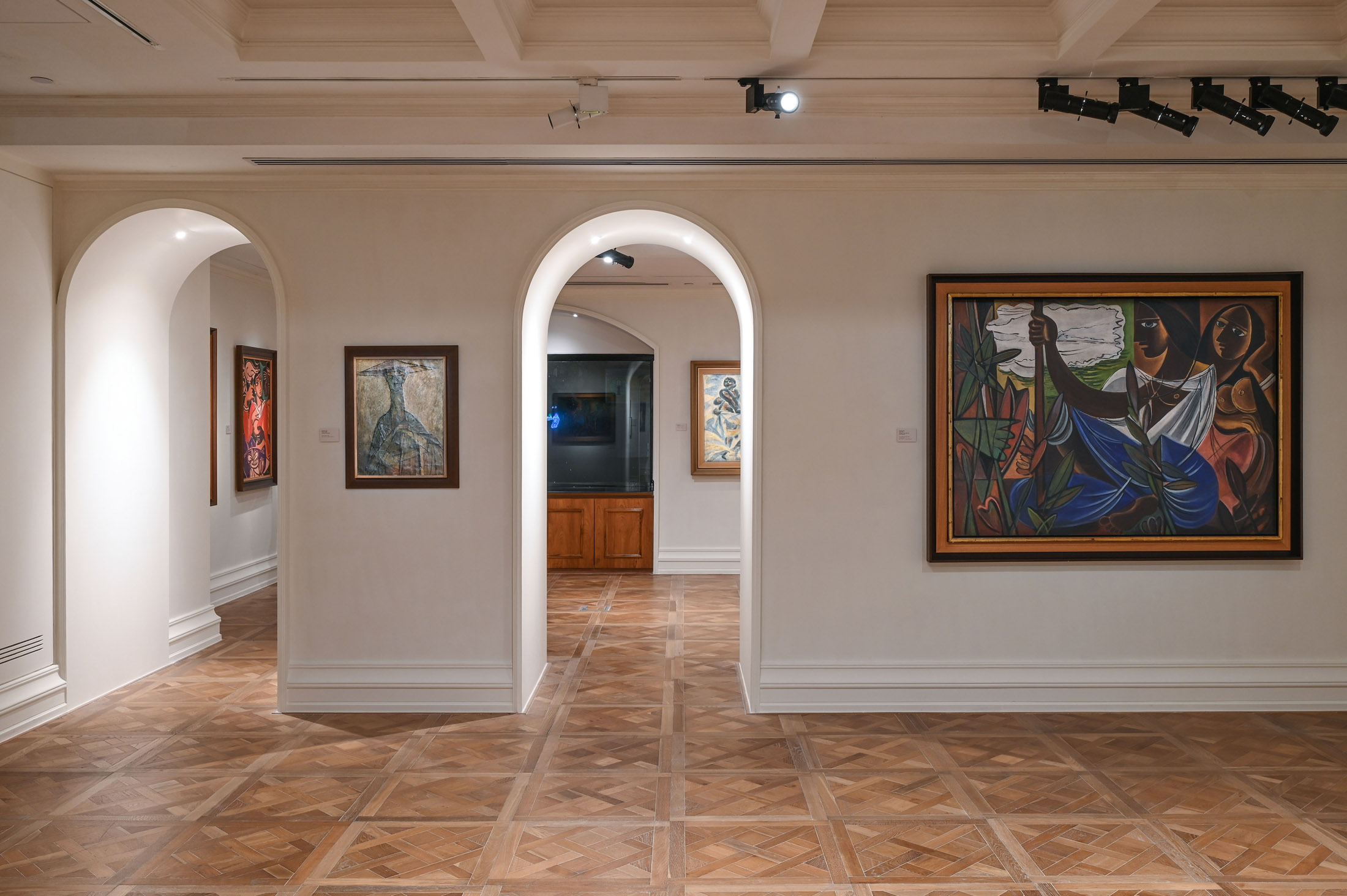
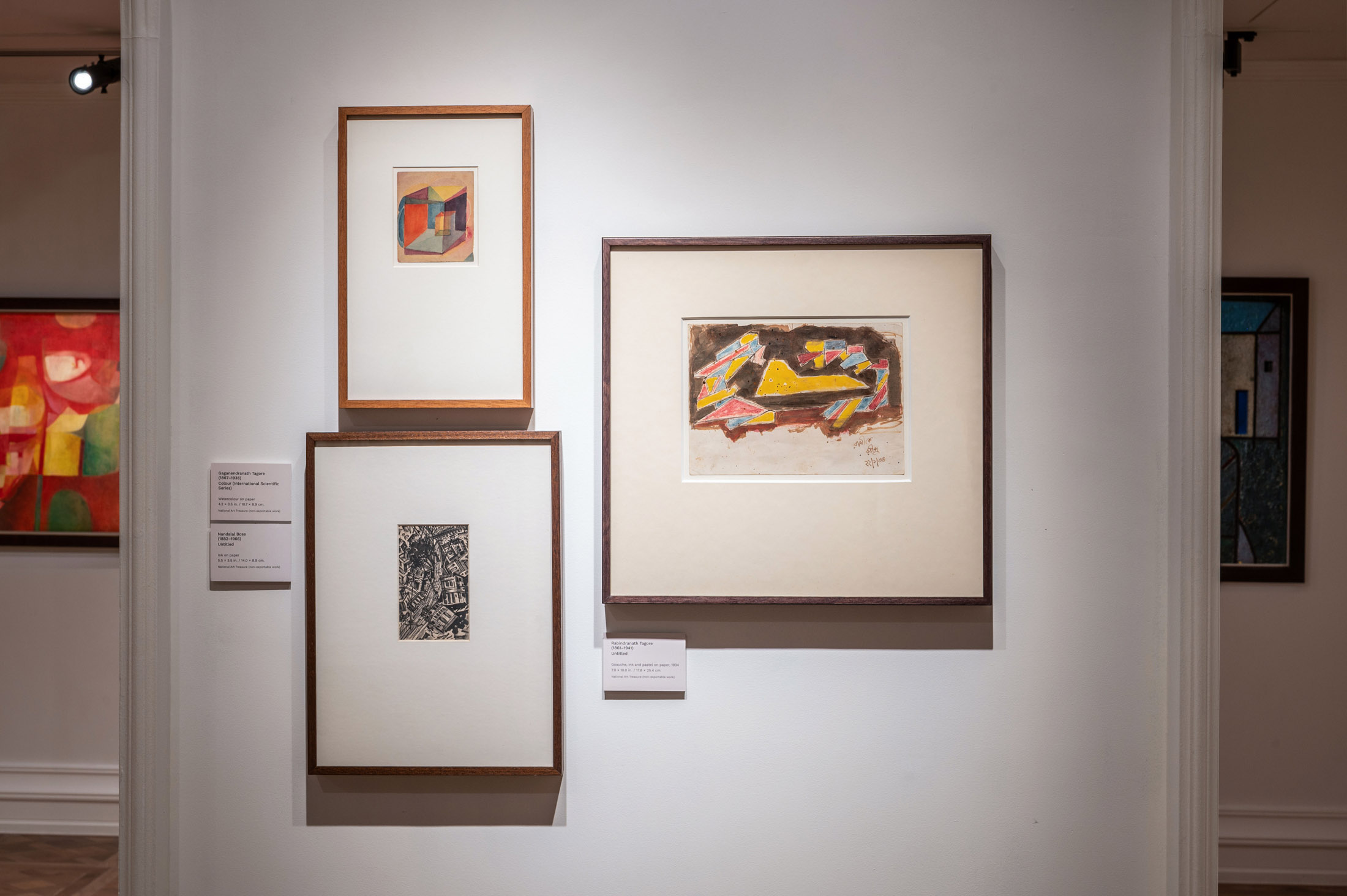
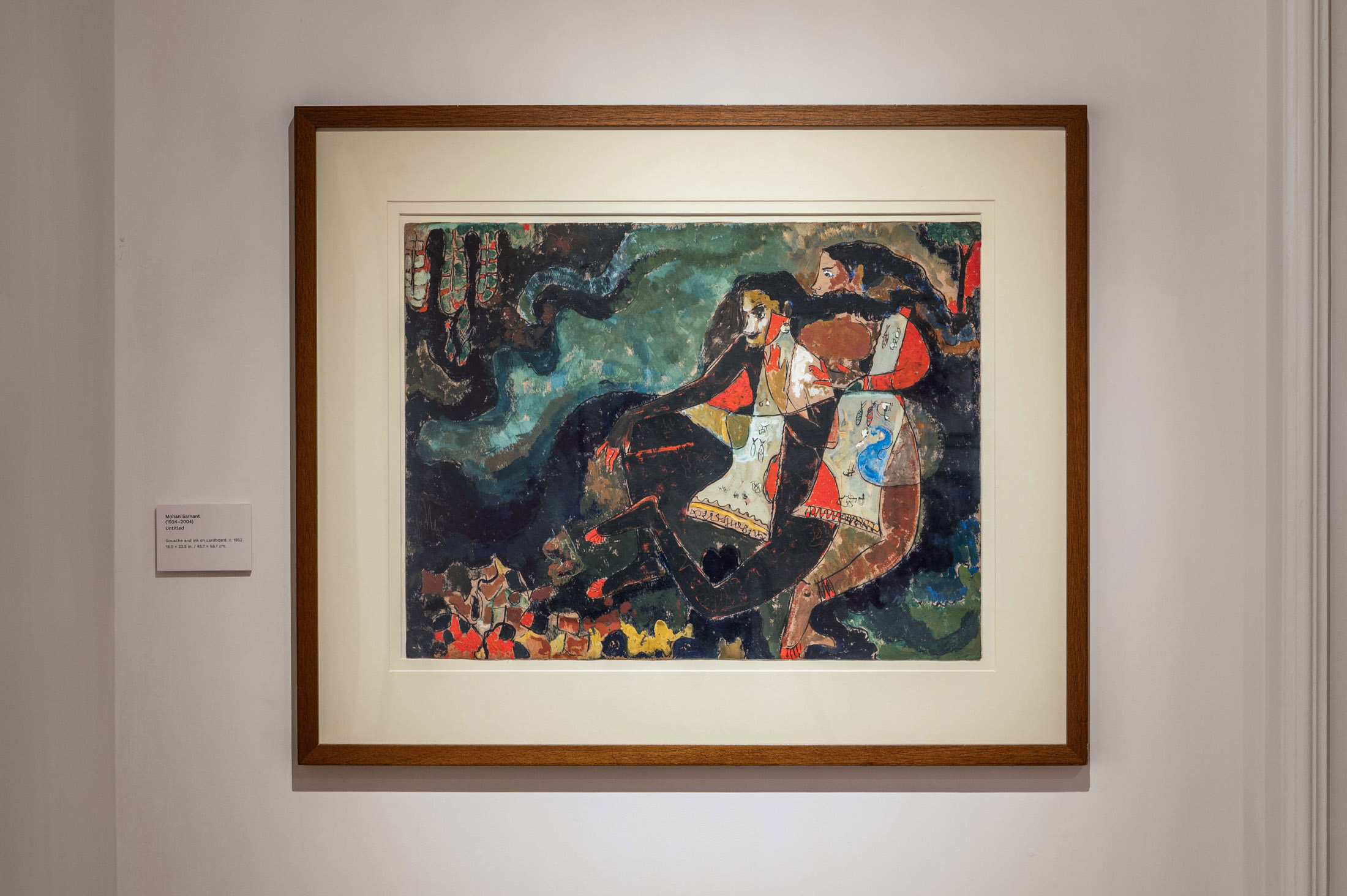
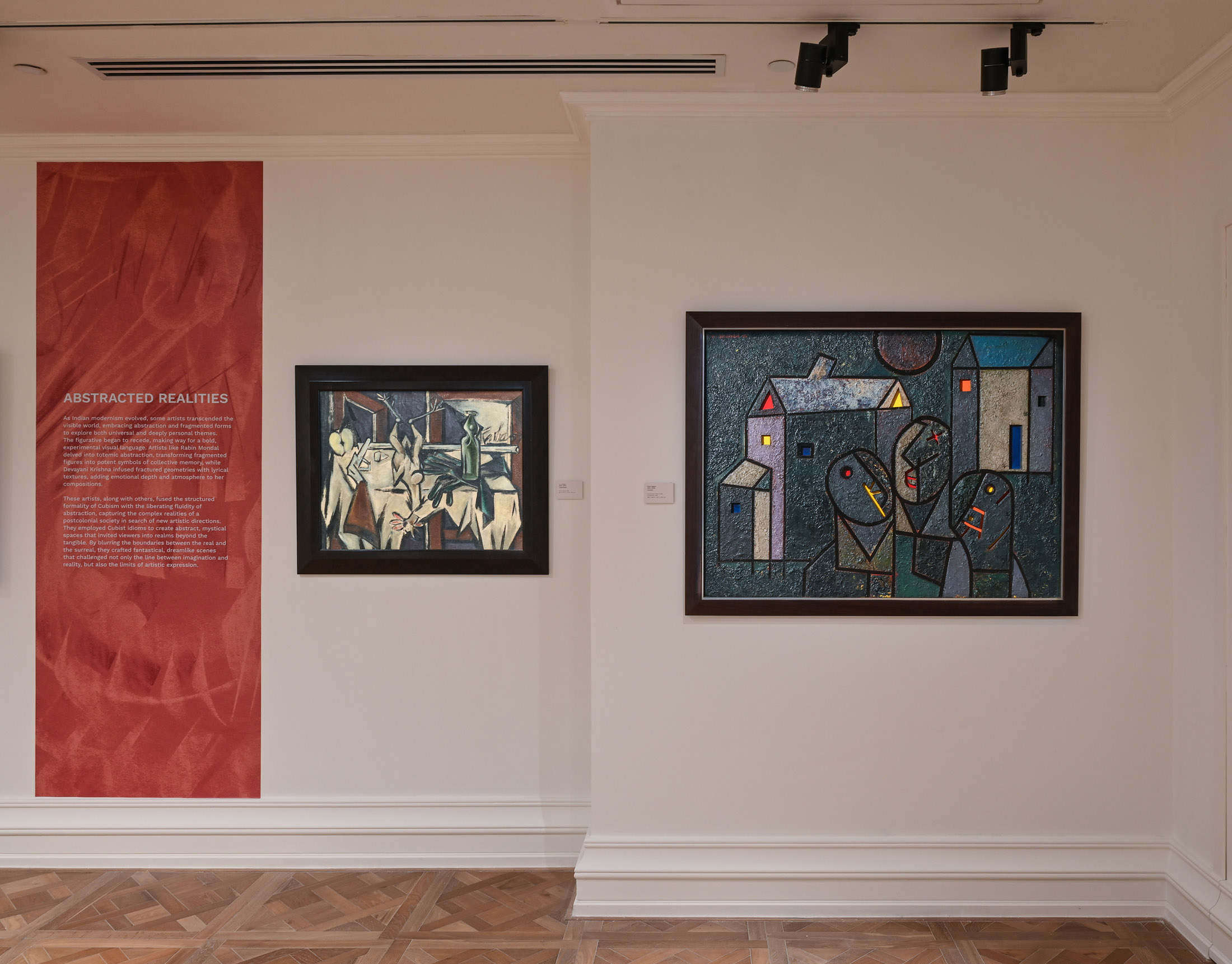
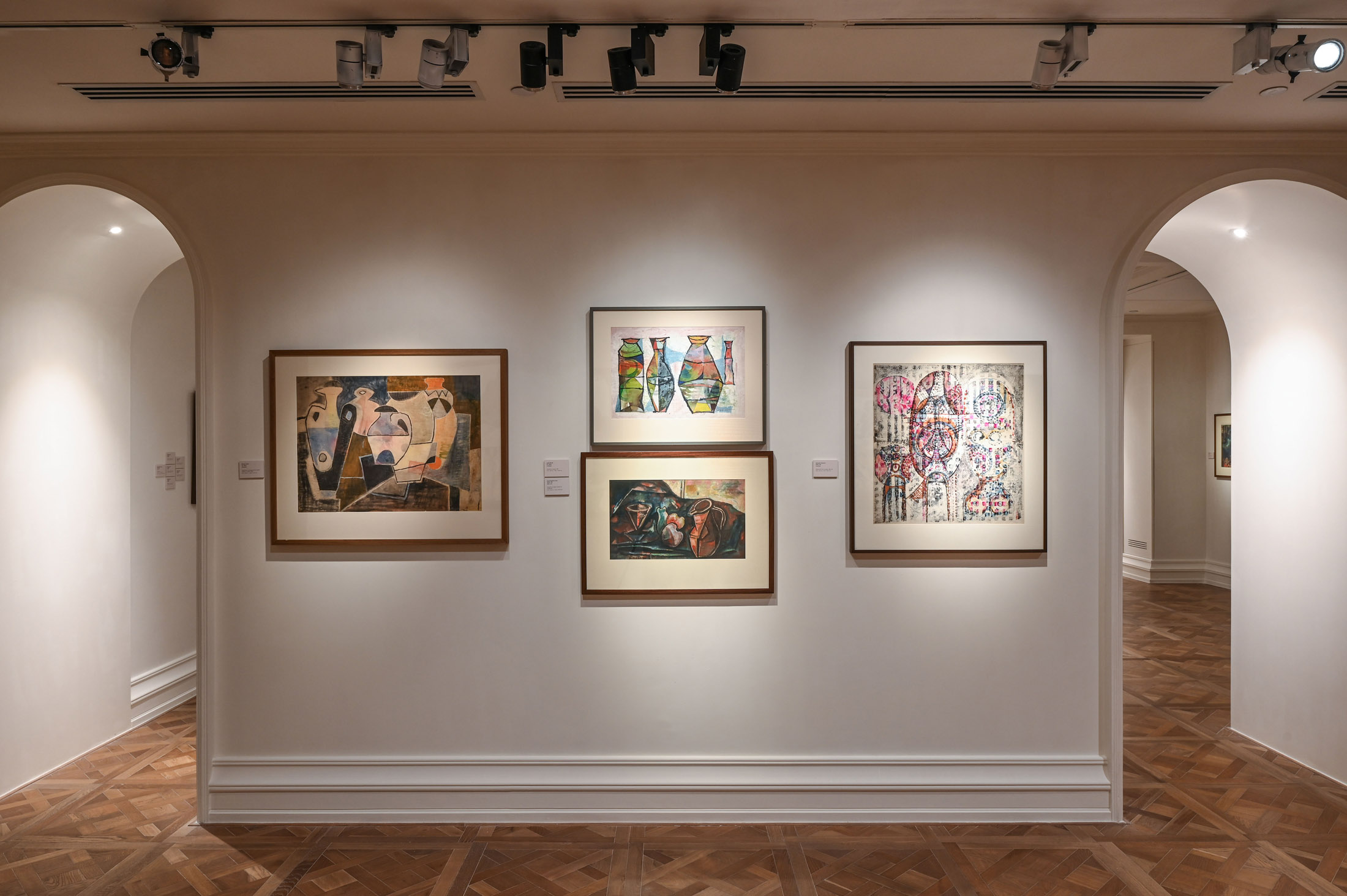
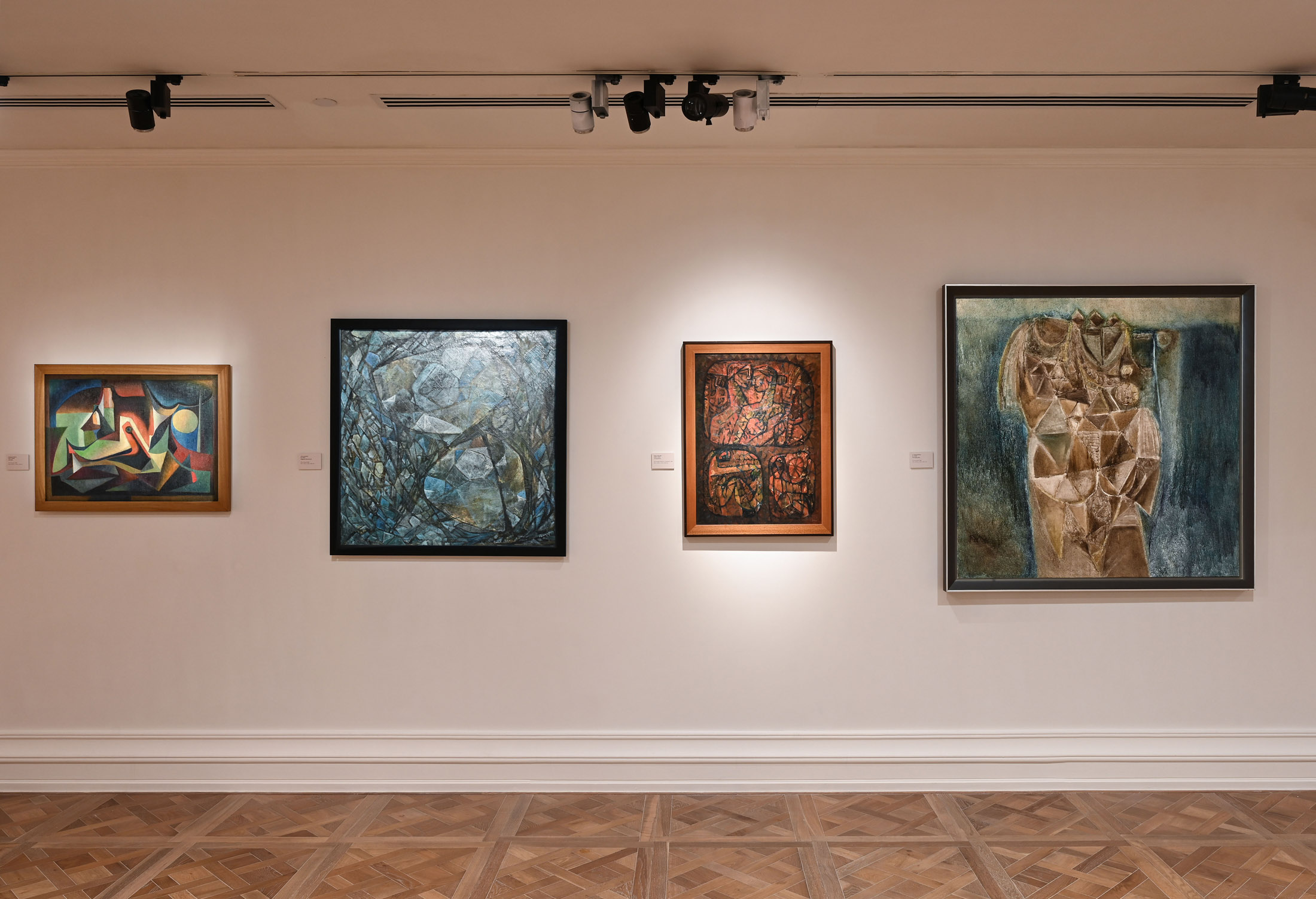


exhibition video





